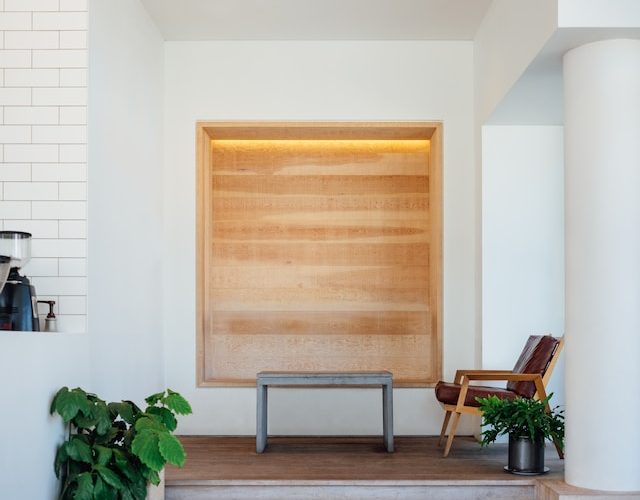Introduction: Terrariums are miniature gardens enclosed in glass containers that have gained immense popularity in recent years. They offer a unique way to bring nature indoors and create stunning displays of greenery. If you’re a beginner gardener looking to embark on a terrarium project, there are a few key things you need to know. In this article, we will guide you through the process of creating a beautiful terrarium and provide essential tips to ensure your success.
- Understanding the Basics of Terrariums: Before diving into the world of terrarium gardening, it’s crucial to understand the basic elements involved. Terrariums typically consist of three main components: the container, the plants, and the substrate. The container can be anything from a glass jar to a specially designed terrarium case. The plants you choose should be suitable for the conditions inside the terrarium, and the substrate refers to the soil or growing medium used to support plant growth.
- Choosing the Right Container: Selecting the appropriate container is a critical step in creating a stunning terrarium. The container should be transparent, allowing light to enter and showcase the plants inside. It can be open or closed, depending on the type of terrarium you want to create. Open terrariums are better suited for plants that prefer drier conditions, while closed terrariums create a humid environment perfect for moisture-loving plants.
- Selecting Plants for Your Terrarium: When choosing plants for your terrarium, opt for those that thrive in humid environments and have similar light and moisture requirements. Succulents, air plants, ferns, and mosses are popular choices for terrariums. Consider the mature size of the plants to ensure they won’t outgrow the container. It’s also important to select plants that complement each other in terms of color, texture, and growth habit, creating an aesthetically pleasing composition.
- Creating the Ideal Environment: Terrariums require the right balance of light, moisture, and airflow to thrive. Place your terrarium in a location with bright, indirect light to ensure the plants receive adequate illumination without being exposed to direct sunlight, which can cause excessive heat buildup. Depending on the type of terrarium, monitor the moisture levels regularly. Closed terrariums may require less frequent watering due to the self-sustaining humid environment they create.
- Layering the Substrate: Proper layering of the substrate is crucial for plant growth and moisture control. Begin with a layer of drainage material at the bottom, such as pebbles or activated charcoal, to prevent waterlogging. On top of that, add a layer of soil or a suitable growing medium that provides nutrients and retains moisture. Aim for a depth that allows the plant roots to establish and grow without being suffocated or overcrowded.
- Designing and Arranging Your Terrarium: Designing your terrarium is where your creativity can truly shine. Consider the overall theme or style you want to achieve. Experiment with different plant combinations and heights to create visual interest. Use rocks, pebbles, or decorative elements to add texture and depth. Remember to leave ample space for growth and ensure that plants are not tightly packed, as this can impede their development and make maintenance challenging.
- Terrarium Care and Maintenance: Regular care and maintenance are essential to keep your terrarium thriving. Monitor the moisture levels and water only when the soil feels slightly dry. Overwatering can lead to root rot, while underwatering can cause plants to wither. Remove any dead leaves or plant debris to maintain cleanliness and prevent pest infestations. Prune your plants as needed to control their growth and ensure they remain in proportion with the container.












